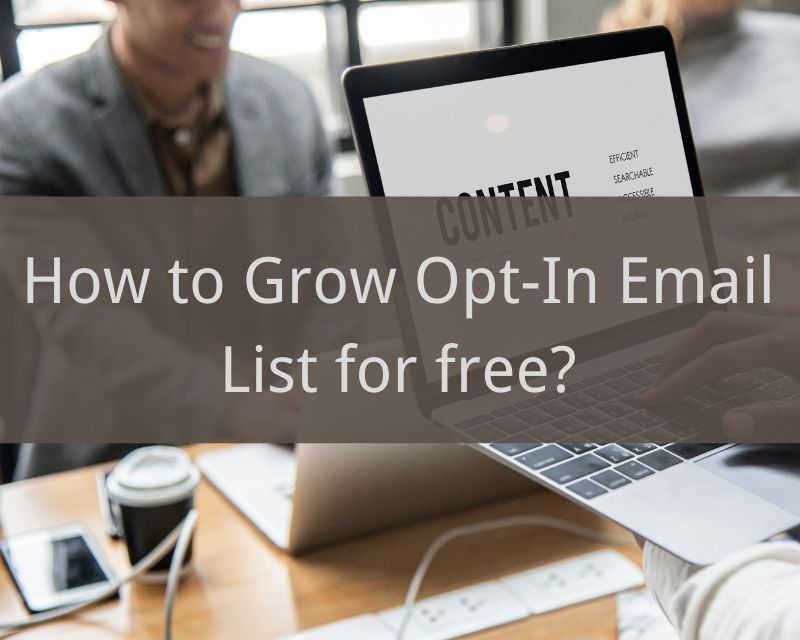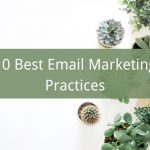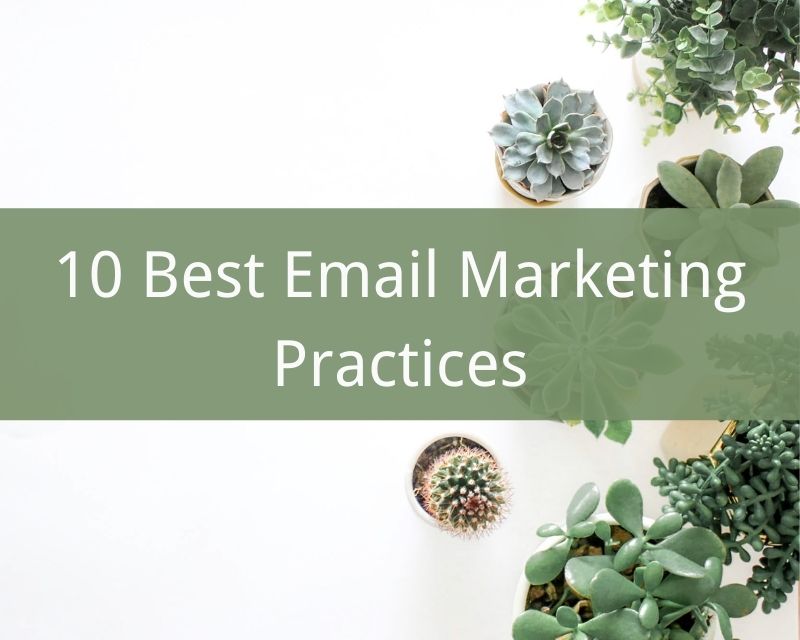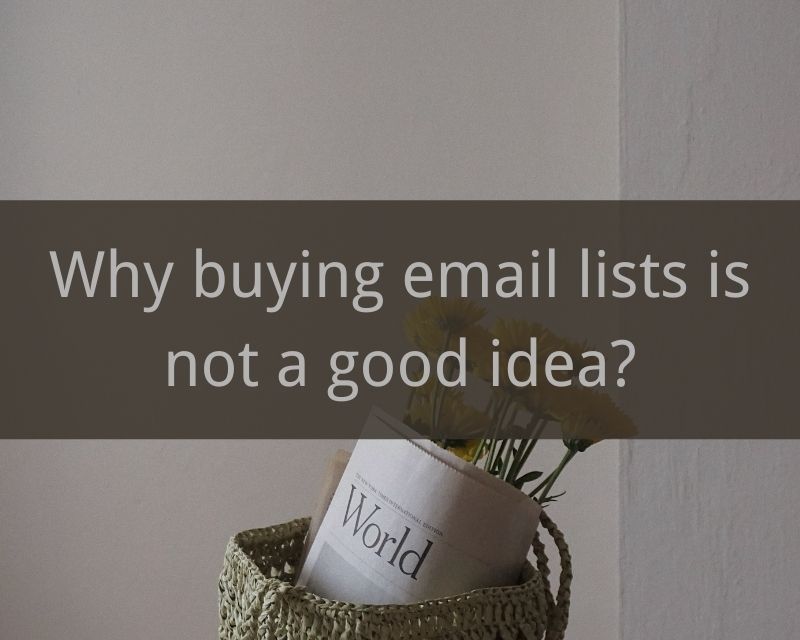Now that you’ve learned about several ways to get email lists from article*1, let’s explore how to get them through the third method mentioned – the opt-in email list method.
Generating your own email contact list of people who have opted in to receive your content not only complies with legal requirements and protects your brand reputation. It also provides you with the opportunity to grow this list by building real relationships with new customers. We’ve written a post on smart ways to do this, which you can check out here. But here are the basic best practices that offer great benefits when it comes to consistently growing your email list.
#1 Create assets with a threshold that gives people a reason to give you their email address.
Webinars, ebooks, templates, etc. — these are all great long-form content assets that people might find valuable enough to give their email address. The more threshold assets you have behind your landing page, the better — broader content will make it easier for you to attract more people.
#2 Create useful tools
If ebooks aren’t your strong suit, create tools. I don’t recommend an either/or approach, but if you have more development talent than writing talent, this may be a more appealing option for you. These tools may be valuable enough to some of your site visitors that they will exchange their email addresses with you for a free demo of the product you’ve built. Then, in your first email, ask them what they think of the tool. This is a perfect icebreaker.
For example, we created Marketing Grader (formerly Website Grader, HubSpot’s first tool) – it’s free to use but prompts you to enter an email address. We also took a similar approach with a more recent tool, the Blog Topic Builder.
#3 Promote these gated assets on your marketing channels.
Now that you have a number of gated assets with access to email addresses, spend a fair amount of time making sure the world knows about them. You have a lot of channels at your disposal — social media, PPC and email are the common ones. But none offer as lasting a return as your blog. Consider this scenario.
You promote your new threshold asset by blogging about topics related to the content asset you’ve created, and then set up CTAs leading to the asset’s landing page in each blog post.
Let’s say your blog posts get 100 views per month and your blog visitor conversion rate is about 2%. This means you get two leads per month from one blog post.
#4 Develop creative email marketing campaigns.
Most people don’t think of email as a channel for generating leads or contacts. However, because people forward useful emails to colleagues or friends, you can actually expand your database if you simply ask recipients to forward or share email content. Adding a call to action to your emails makes sharing an obvious choice for recipients, especially for your most useful assets.
If you already have a fairly large database, you may also have some contacts that are already fairly stable. If so, I suggest a re-engagement campaign that will both help you clean up your list and prevent the kind of spam and IP problems I mentioned earlier, and also wake up older contacts who may have forgotten about you but are actually good for sales.
#5 Include share buttons in your emails.
Consider including share buttons in your emails so that your email recipients can forward emails they like to friends and colleagues who they think will also like them.
There are several different buttons on your email template: a separate social media button that generates pre-written social posts that link to the web version of your email, and an “Email to a Friend” button that transfers the email to a compose window so that your contacts can forward the message immediately. Just make sure your emails have an opt-in button so that each new viewer can subscribe to more emails from you if they like what they see.




